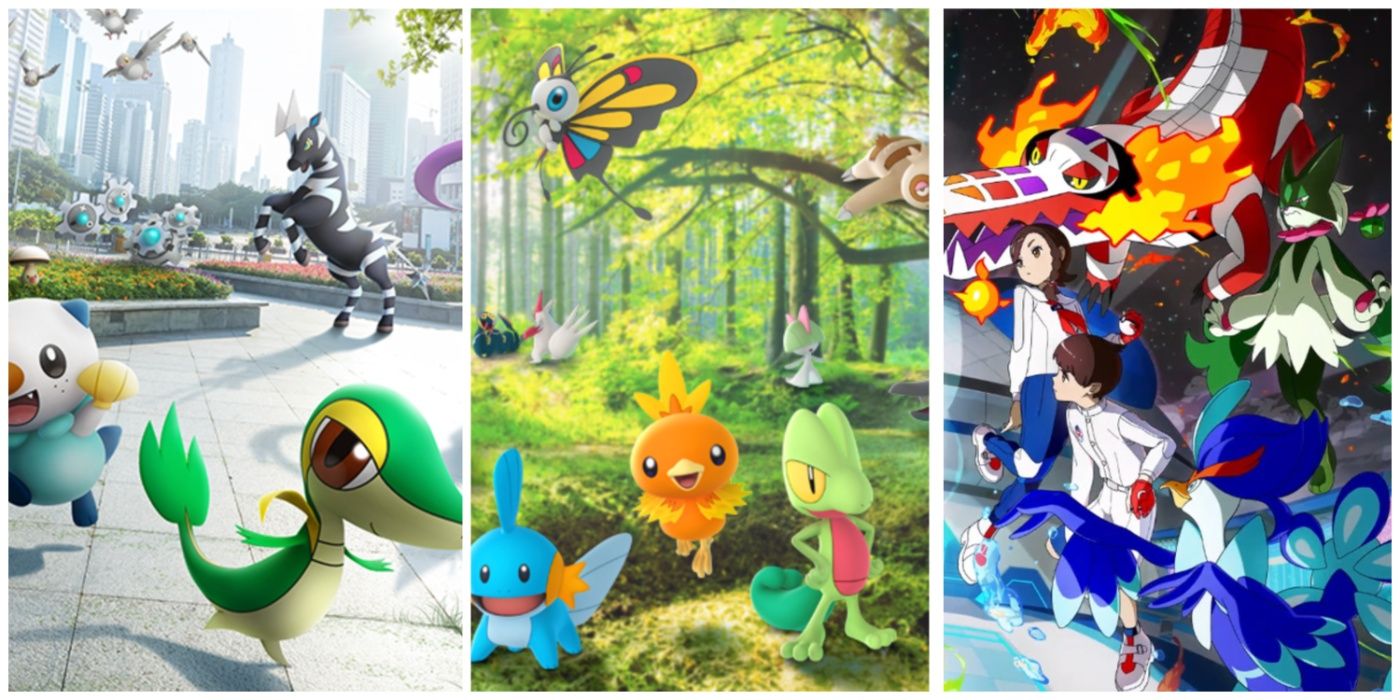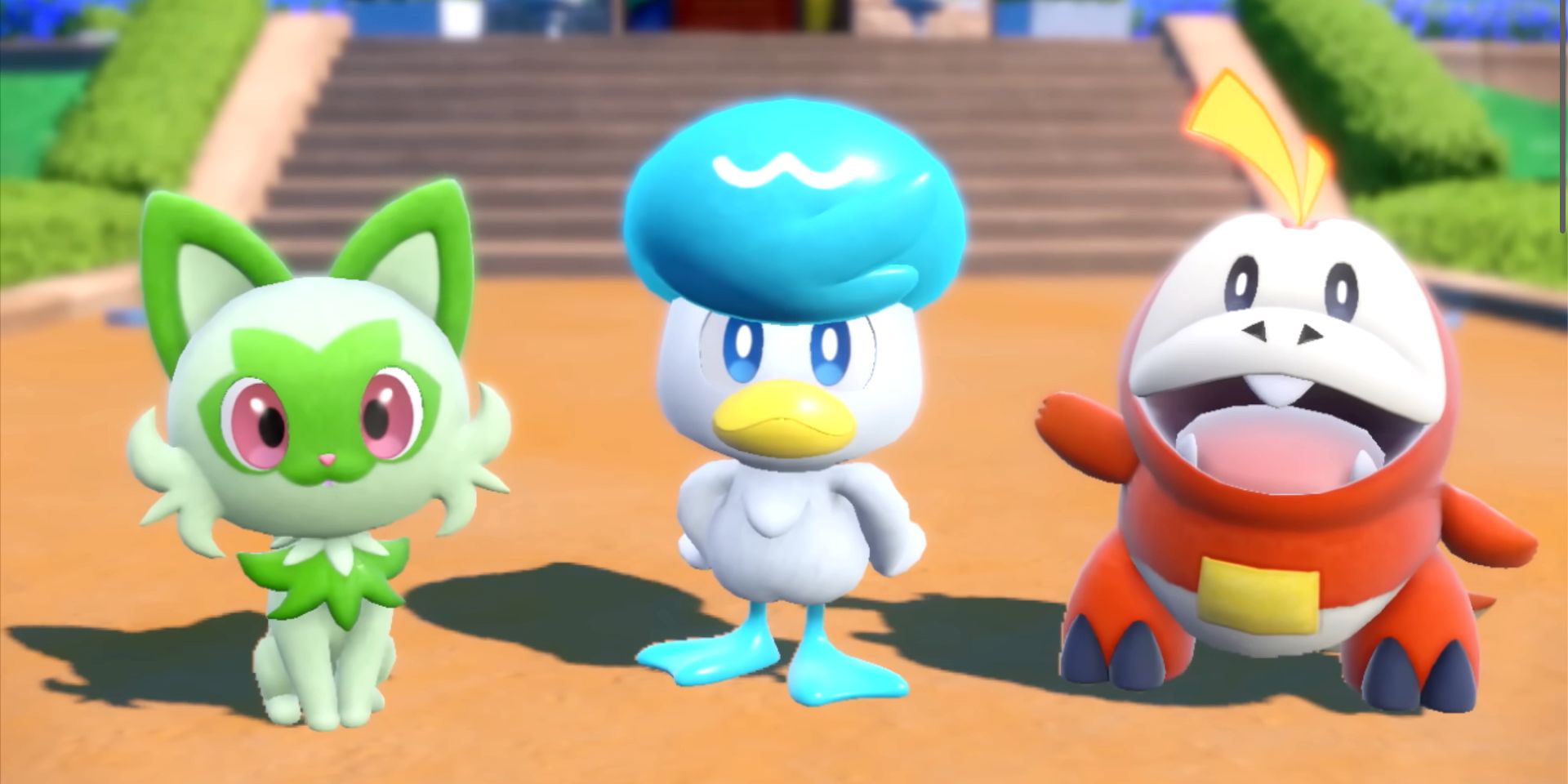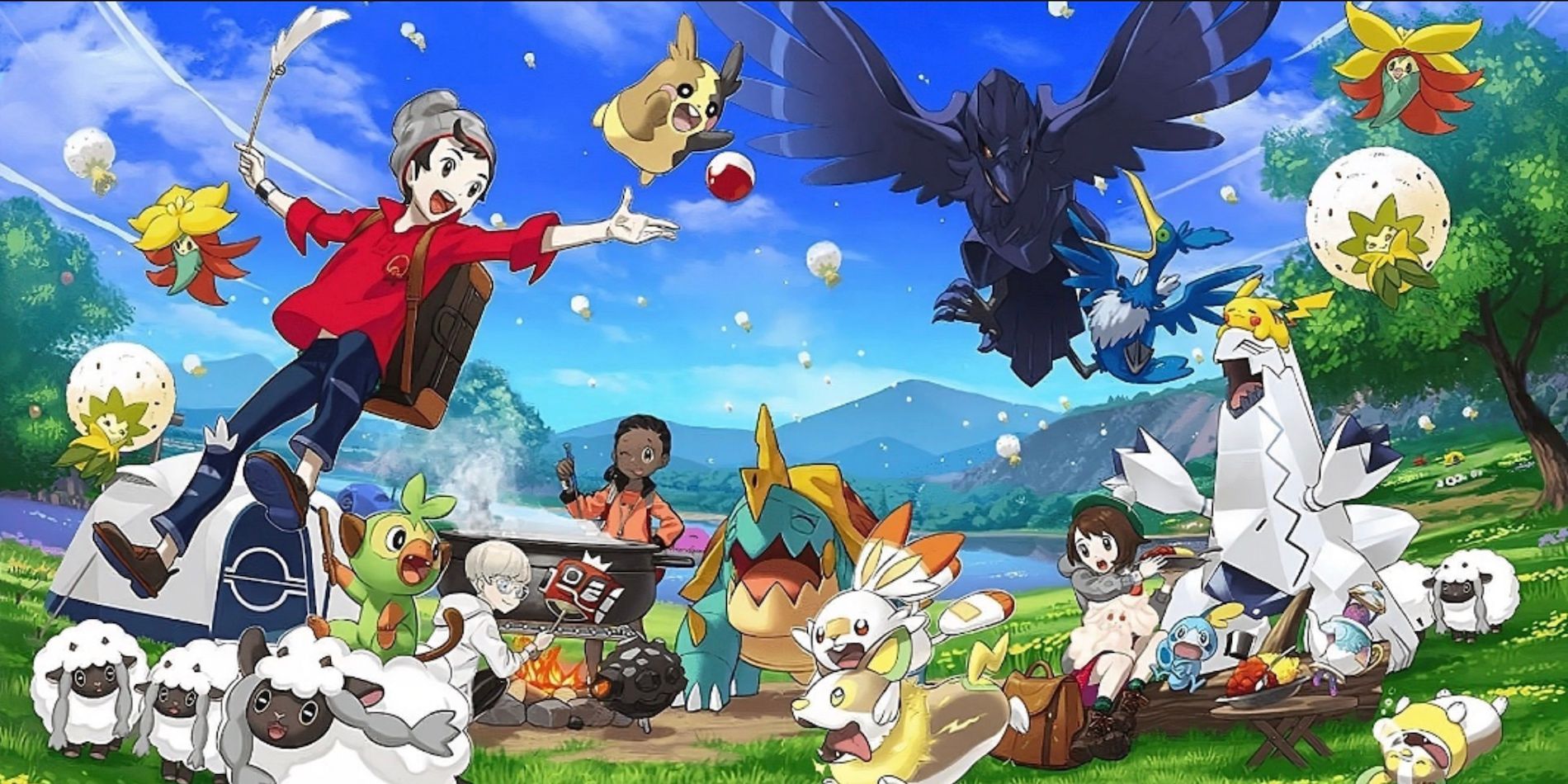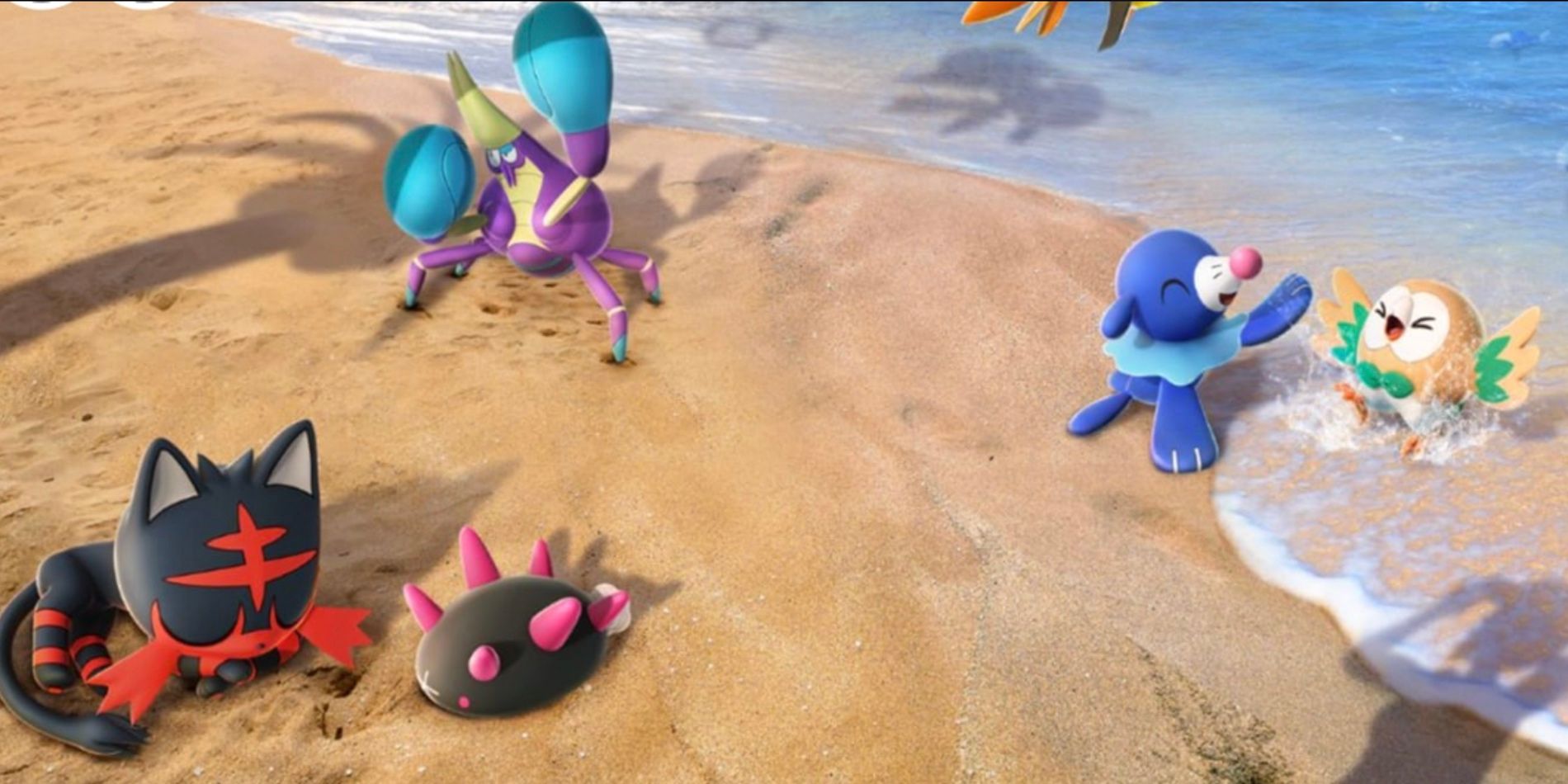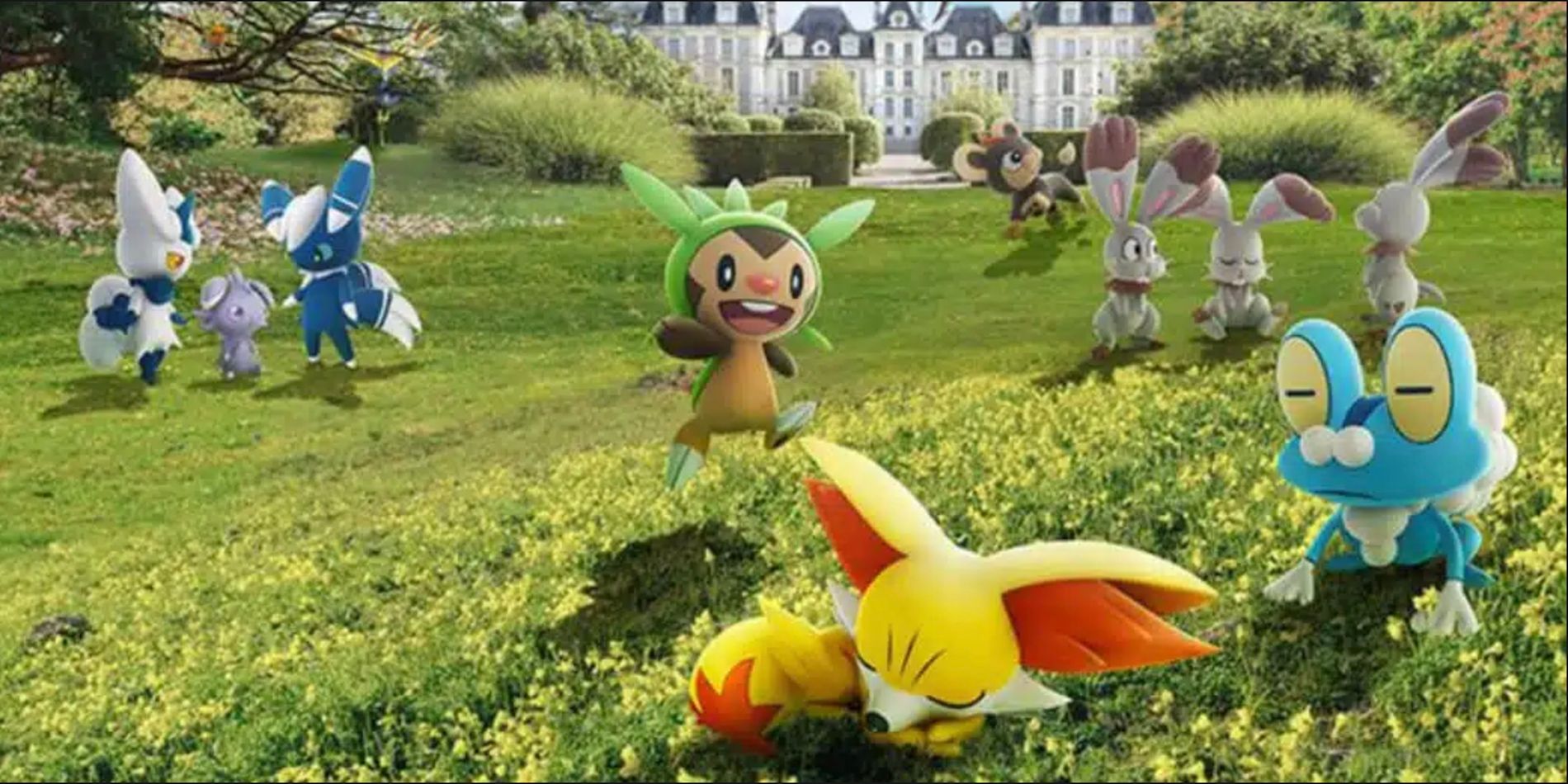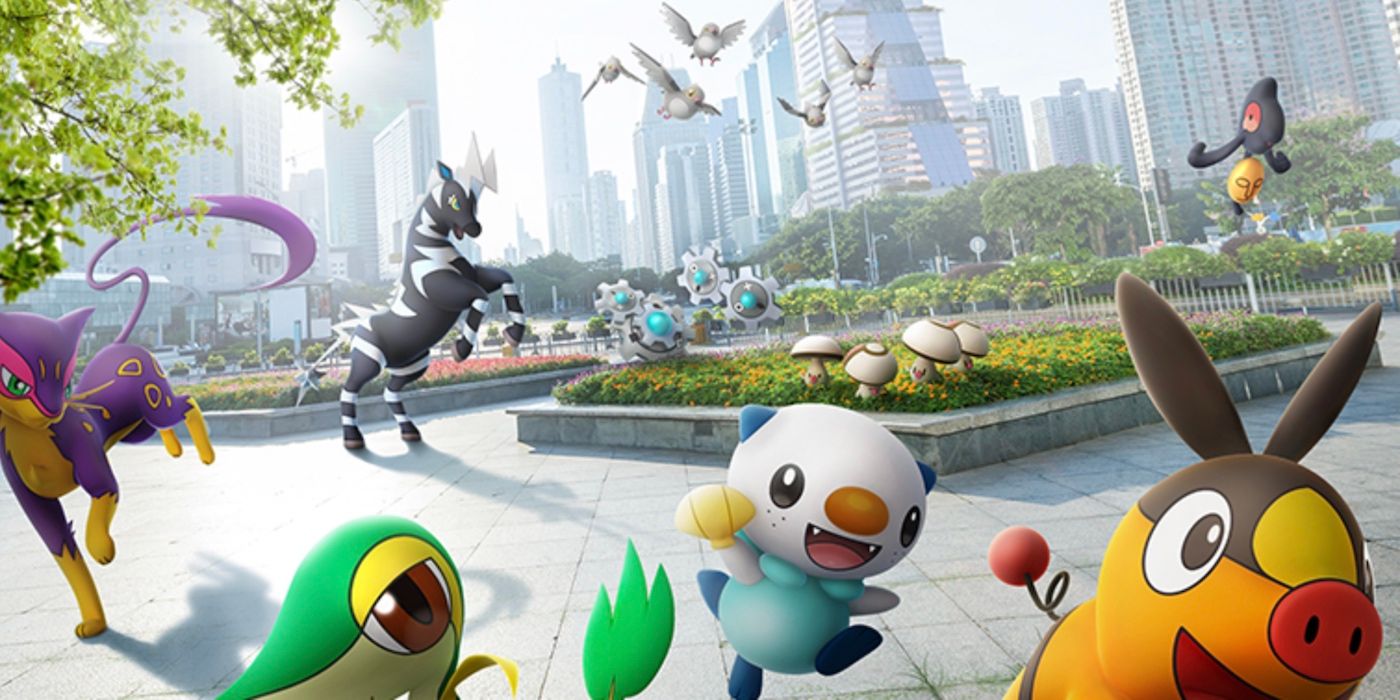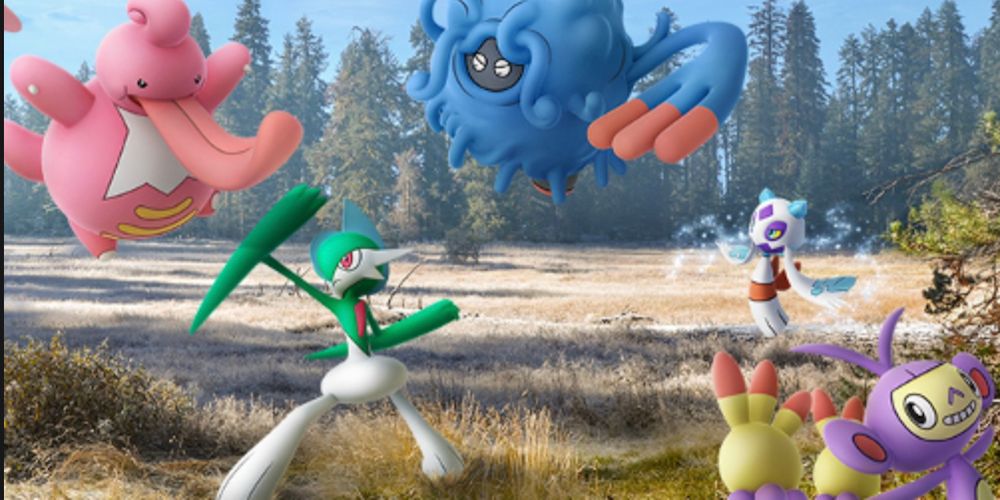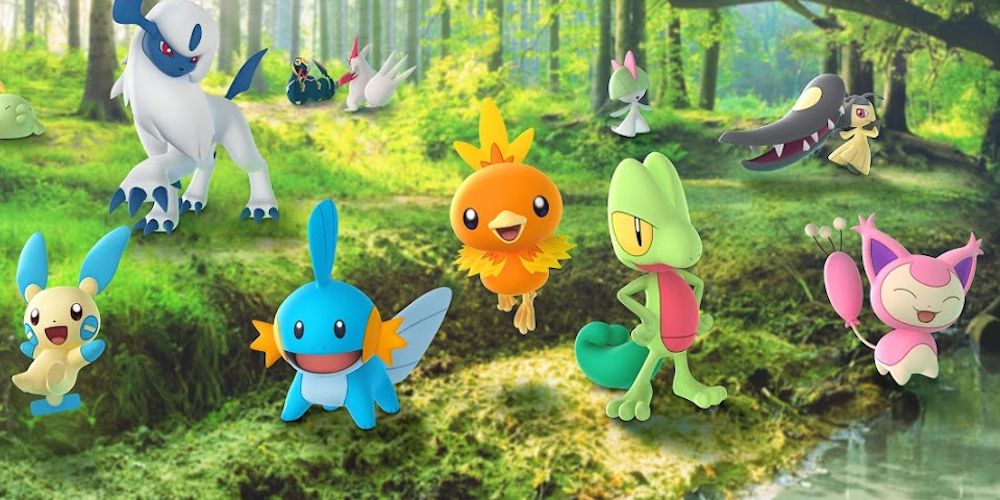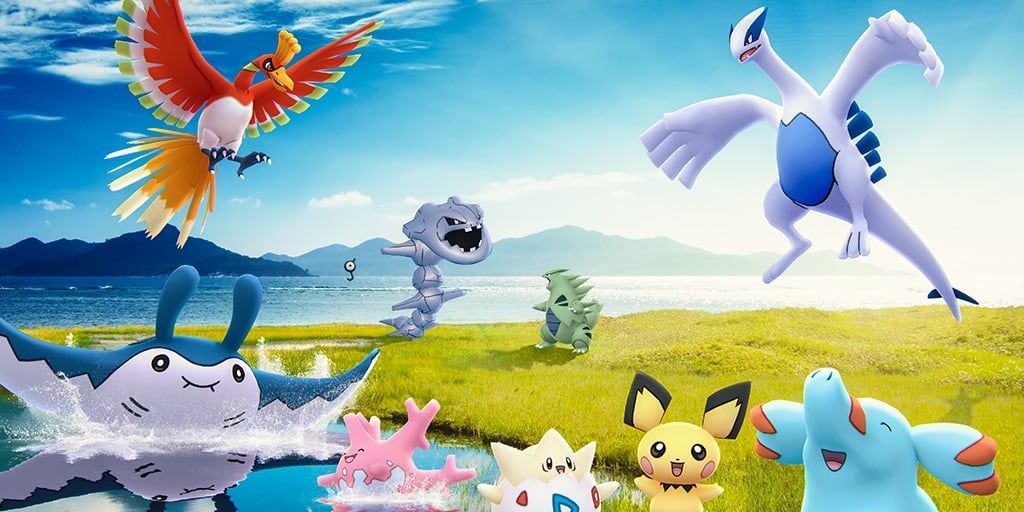Pokémon is the biggest multimedia franchise in the world, and after nearly three decades, it’s still going strong. Pokémon continues to find new life through anime series, feature films, and genre-bending spinoffs. However, Pokémon‘s video game roots run deep, and video games are still the best place to discover new Pokémon. Each new mainline Pokémon title adds more original creatures to the franchise’s growing Pokédex.
The original Pokémon Red, Blue, and Yellow games showcased an eclectic group of 151 Pokémon, but this total has somehow reached quadruple digits with even more creatures on the way. It’s easy to lose track of just how many distinct Pokémon are around in each generation of games, but a helpful breakdown will turn casual novices into Pokémon Masters.
9 Generation IX
1015 Pokémon, 110 New
Pokémon‘s current generation has made some bold moves to improve upon some of Sword and Shield‘s concessions. Generation IX’s Pokemon Scarlet and Violet have created 110 new Pokémon, which currently brings the grand Pokédex total up to 1015. Generation IX features both old ideas and new ones.
There are fresh Paldean designs for classic creatures but also the introduction of time-displaced Paradox Pokémon that appear to be ancient and futuristic evolutions of older Pokémon. Scarlet and Violet banks on an adorable trio of Starter Pokémon with Sprigatito, Fuecoco, and Quaxly, but the games’ central Koraidon and Miraidon also blur the lines between Pokémon and vehicle for the player to explore the Paldea region.
8 Generation VIII
905 Pokémon, 96 New
Pokémon‘s eighth generation brings the series into the modern era on the Nintendo Switch with game patch updates drip-feeding new Pokémon as opposed to paste approaches. Generation VIII introduces 96 new Pokémon, but also many revised familiar faces through Galarian and Hisuian regional variants.
The Gigantamax concept also celebrates particular classic Pokémon in a gargantuan fashion. Pokémon Sword and Shield‘s names hint at the heavy design changes that affect the new Pokémon. There’s more emphasis on innocuous items that are actually Pokémon, but the games’ primary Legendary creatures, Zacian and Zamazenta, are influenced by wolves from British mythology that fit with the Galar region’s British inspiration.
7 Generation VII
809 Pokémon, 88 New
Pokémon Sun and Moon for the Nintendo 3DS, as well as its Ultra expansions, bring forward 86 new creatures to the Alola region. Litten, Buzzwole, and Bewear are some of the standouts, while Pokémon like Type: Null continue to redefine what qualifies as a Pokémon. Generation VII was also when Pokémon GO made its debut, which would also introduce several original Pokémon, like Meltan and Melmetal, before the mainline games.
Generation VII’s Alola region is also significant for being the first time regional variants of old Pokémon enter the series, which can take classic creatures in completely new directions or even give them branching evolutionary forms. The idea of Alolan variants, like Vulpix and Exeggutor, speaks to how different regional climates can play major factors in a Pokémon’s development.
6 Generation VI
721 Pokémon, 72 New
Generation VI’s Pokémon X and Y technically introduce the least amount of new Pokémon, but they involved the most substantial development. Pokémon designs took close to 18 months, which was three times longer than with past games. The big shift was Generation VI’s move to the Nintendo 3DS, which involved completely new Pokémon designs that were three-dimensional polygons rather than 2D sprites.
Generation VI’s Kalos region also marks the debut of Fairy-type Pokémon, which retroactively changed typings of many classic Pokémon as well as the addition of Mega Evolutions. Generation VI’s Kalos region was modeled after France, and the 72 new Pokémon specifically relate to European flora and fauna. These new Pokémon were designed by Ken Sugimori and Hironobu Yoshida, who led a team of 20 artists. However, it’s the first time in the series that Sugimori reached out for additional help with some of the Legendary Pokémon, like Xerneas and Yveltal.
5 Generation V
649 Pokémon, 156 New
Pokémon Black and White are special in the sense that they receive direct sequels, but Generation V’s Unova region introduces the highest number of original Pokémon out of any game, including the originals, with 156 new creatures. This brings the franchise’s grand total to nearly 650 Pokémon, and it’s at this point that the franchise’s weight is truly felt. The wealth of new Pokémon led to some creative swings, like Trubbish and Garbodor, the Garbage Pokémon.
There’s also a greater emphasis on Pokémon that resemble inanimate objects, like candles, chandeliers, or gears. Pokémon’s tradition of deadly Legendary Pokémon also reaches greater heights and new creatures like Tornadus, Thundurus, and Landorus. Genesect also explores the idea of futuristic Pokémon with a more robotic design.
4 Generation IV
493 Pokémon, 107 New
Pokémon Diamond and Pearl move the franchise onto the Nintendo DS with 107 new Pokémon for Generation IV’s Sinnoh region. Generation IV gets slightly lost in the shuffle as it builds many existing Pokémon in new ways, whether it’s pre-evolutionary forms like Mime Jr., Munchlax, and Porygon-Z or multiple sets of dangerous Legendary Pokémon.
Generation IV is also notable for the introduction of Arceus, who’s frequently viewed as the creator of the Pokémon universe. Generation IV’s Starter Pokémon, Turtwig, Chimchar, and Piplup, are also among some of the cutest in the entire franchise.
3 Generation III
386 Pokémon, 135 New
Pokémon‘s third generation was an important period of transition for the franchise as the first entry on Nintendo’s Game Boy Advance. Pokémon‘s first two generations are very much in conversation with each other, but Generation III’s Hoenn region brings into the fray 135 original Pokémon that are almost exclusively fresh designs with no ties to the previous 251 (Azurill and Wynaut being the two exceptions).
The Game Boy Advance’s hardware allowed for more detailed Pokémon designs, and there’s a greater emphasis on combo creatures with dual typings that allow for more creative creatures. Pokémon Ruby and Sapphire also bring more Mythical Pokémon into the mix, like Deoxys and Jirachi, in addition to more themed Legendaries like Latias and Latios or Rayquaza.
2 Generation II
251 Pokémon, 100 New
Sequels can be difficult, yet there’s a large sect of the Pokémon fandom that believes Generation II’s Pokémon Gold, Silver, and Crystal are the franchise’s best. Generation II’s Johto region introduces 100 new Pokémon, but it also incorporates some important concepts that are still with the franchise. Generation II marks the debut of Dark- and Steel-type Pokémon, which allows for many more creative designs.
Pokémon breeding and a greater emphasis on the creatures’ gender are also explored through Baby Pokémon and pre-evolutions for Generation I Pokémon like Pichu, Cleffa, and Igglybuff. The idea of newly discovered pre-evolutionary forms showed audiences that there’s much more to learn in the Pokémon world than what’s immediately seen and that popular creatures may continue to gain new evolutionary forms in future installments.
1 Generation I
151 Pokémon
Ken Sugimori is responsible for Pokémon‘s original 151 creature designs, and without appealing Pokémon, it’s unlikely that the series would have become the juggernaut success story that it is today. Generation I’s Pokémon from the Kanto region are fairly simplistic in relation to the subsequent generations.
With limitless options at their disposal, these Pokémon largely pull from real-life animals or nature that sets an important precedent for the series. Pokémon like Ekans, Seel, Krabby, and Pidgey don’t stray far from their animal counterparts, but the game also introduces important traditions like Legendary Pokémon and a trio of Legendary Birds.
